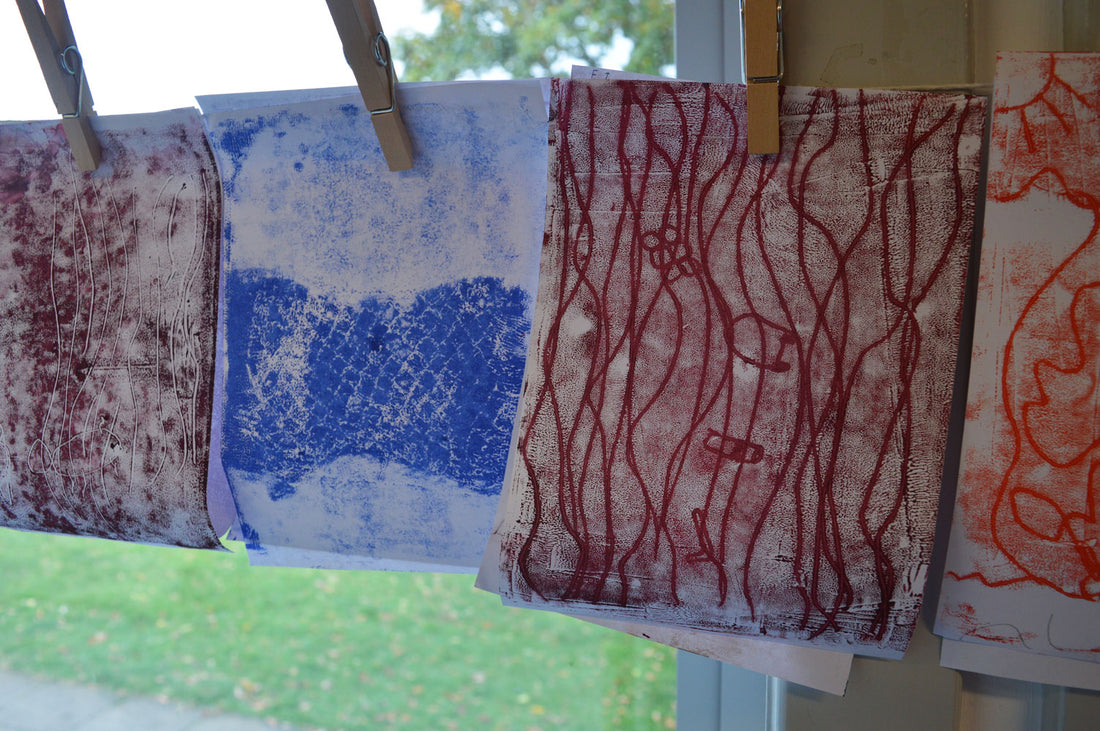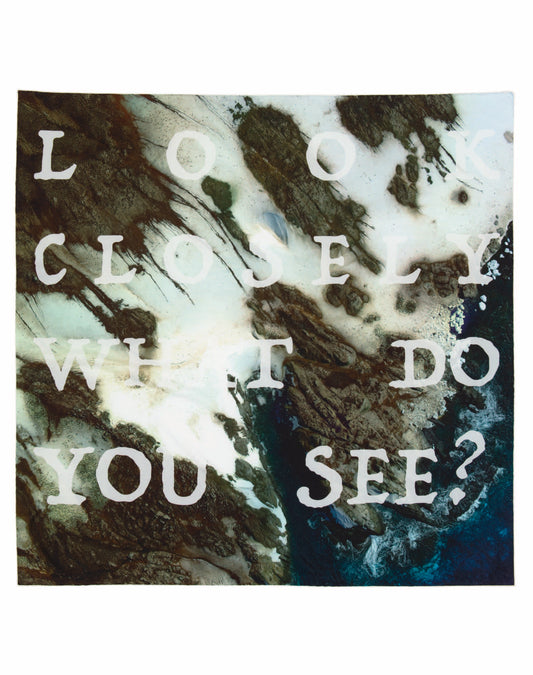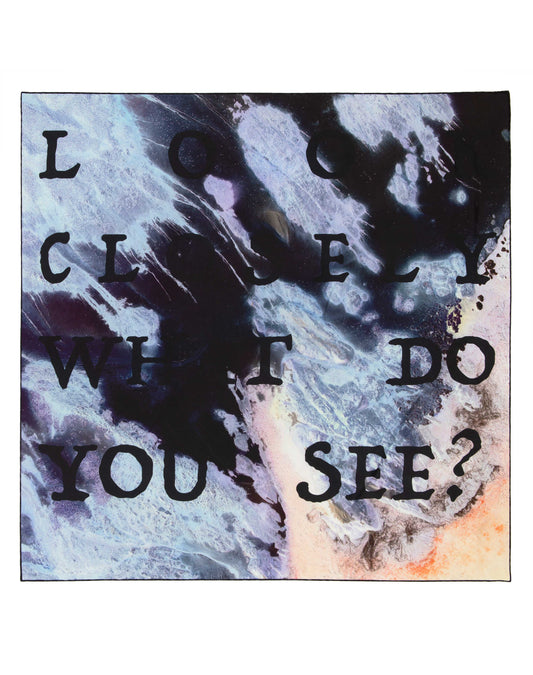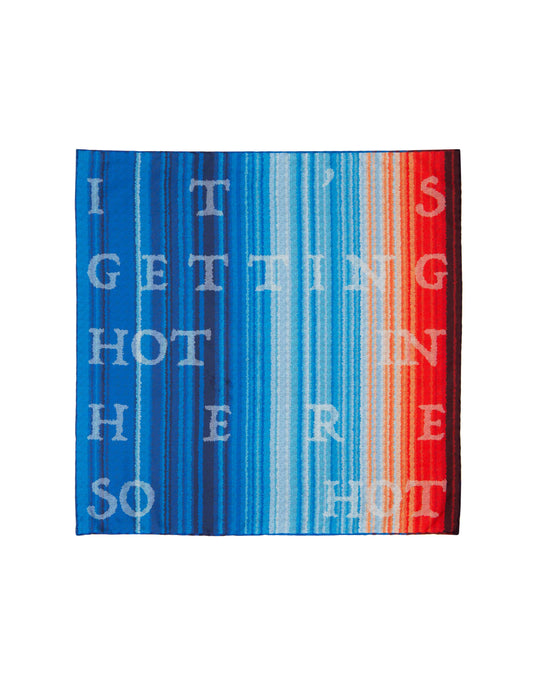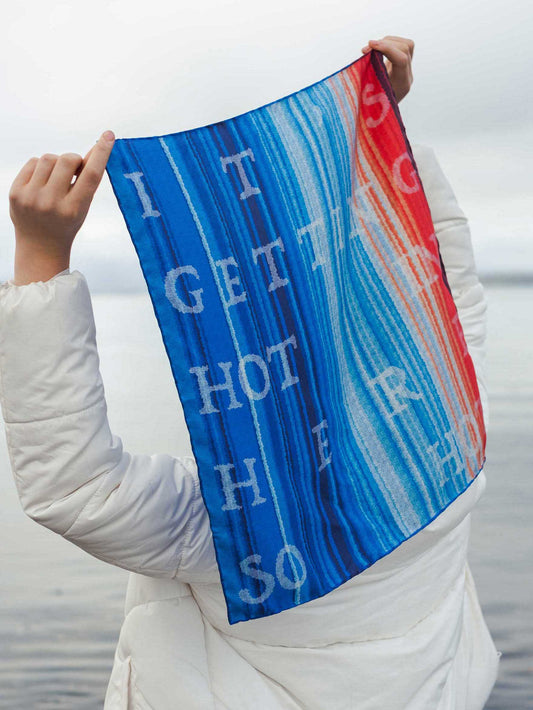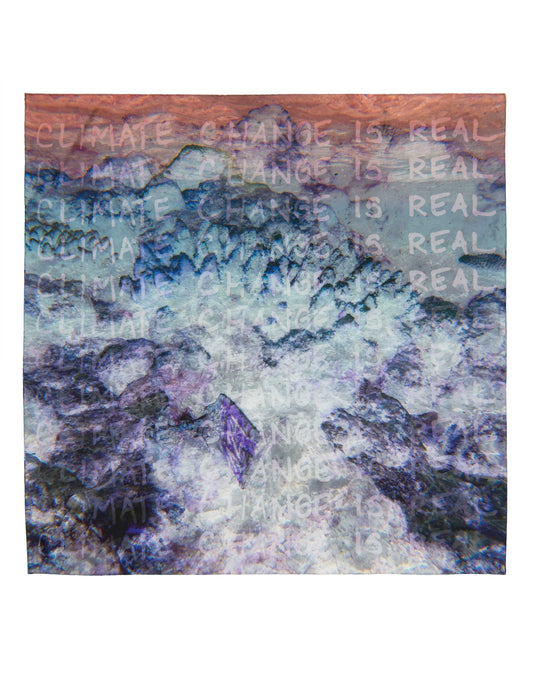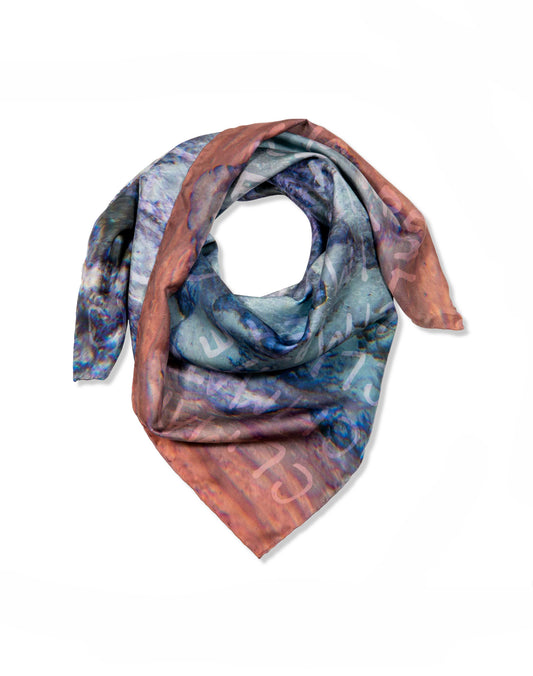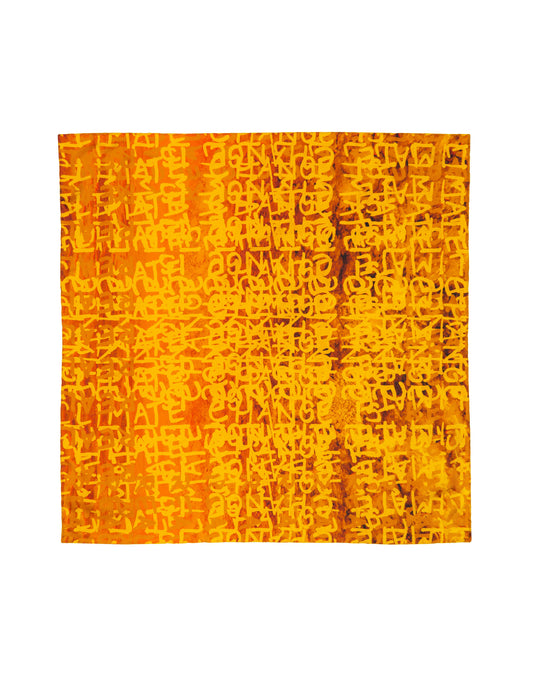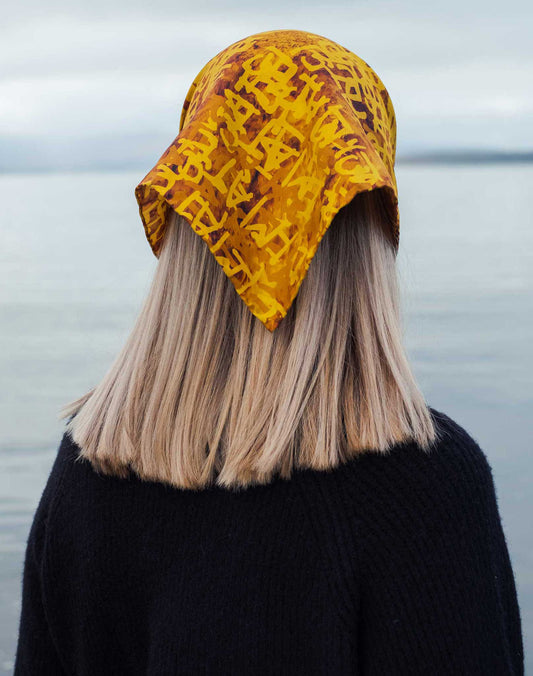What do children think of the future?
-Jessica (Crùbag's founder): So how do you see the future?
-L. (pupil): Bad.
-D. (pupil): I don't think it's going to be that good.
-A. (pupil): There's a turtle, and it's.. there's like loads of microplastic fibres and there's a turtle going to eat the plastic bag.
-Jenny (P7/6 teacher): Is that what this is?
-L. (pupil): The jellyfish is dead because it's eaten microplastics and plastics and it's fallen down to the bottom of the sea.
-B. (pupil): Well, someone threw a bag into the sea, and then it floated along, and then fish started to come and eat it.
-Jenny (P7/6 teacher): And what do you think about the future?
-B. (pupil): A little bit better?
-Jenny (P7/6 teacher): Good.
Children merge marine science and art to talk microplastics
So what are microplastics?
The Project
"I approached Jessica Giannotti of Crùbag to see if she could help us learn printing techniques and how to use art and fashion to inspire change. The class felt passionately that we needed to do something to raise awareness about the extent of the issue and so I approached Jessica to see if there was anything we could do to raise awareness using art, and so this project was born!
The response has been beyond our wildest dreams. My class had been working on ocean pollution with a grant we received from the Royal Society, learning sampling techniques and analysing what they found with microscopes, supported by Professor Bhavani Narayanaswam from SAMS as our STEM partner. Allowing us to work with the collection in partnership with Crùbag was incredibly exciting – the pupils were enthused and engaged and produced some beautiful and moving artwork with a powerful message.
Each pupil came up with their own designs that communicated their feelings about what they have learned and their hopes and fears about the future. The key message for me is how powerful these wonderful children are in building a better future. Their awareness and passion have been incredible. The messages they wrote inside their notebooks, communicating their hopes and fears about the future are inspiring.
The ultimate aim was to link science with art, to engage with the public and inspire and drive change. The potential legacy is that this project will be repeated every year with the p7/6 pupils, keeping the collection going and giving the children a real voice".
Jenny Love, P7/6 Teacher and Science Coordinator, Taynuilt Primary School.

